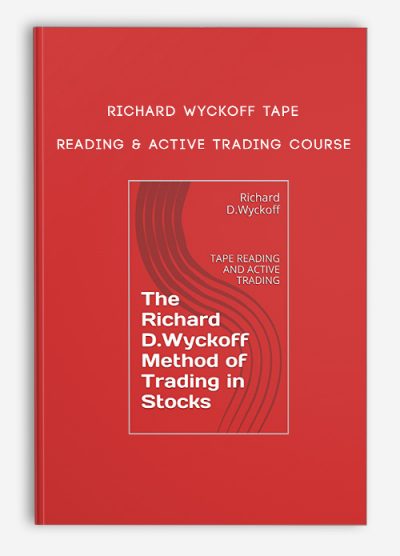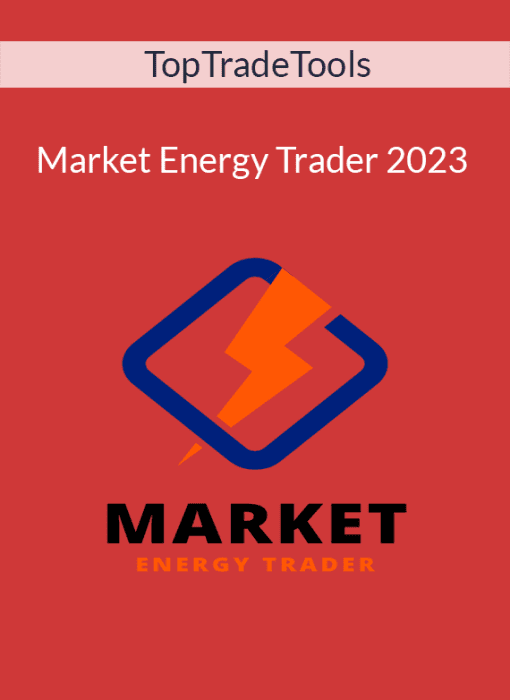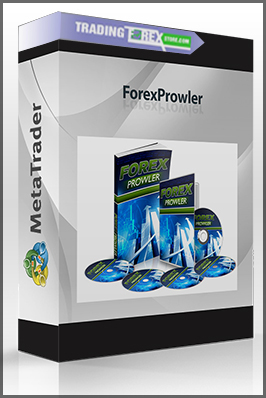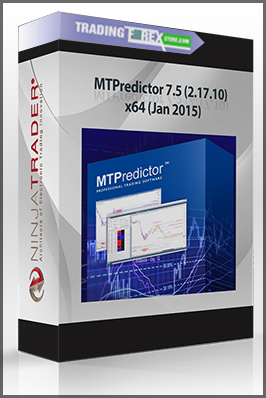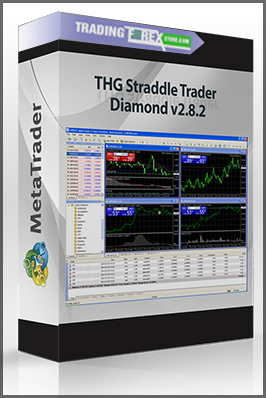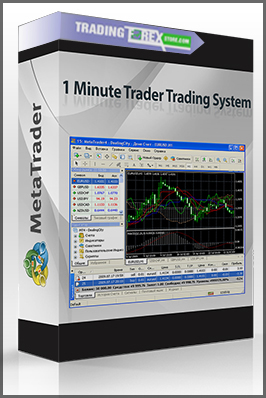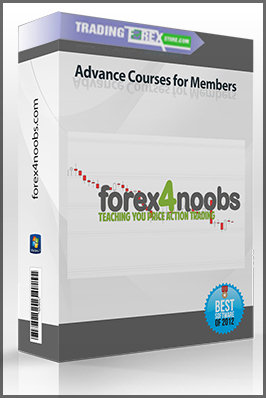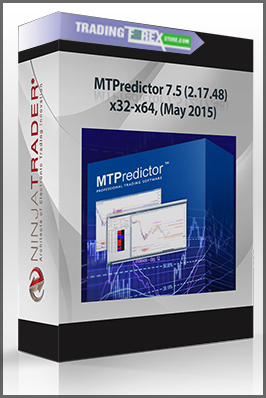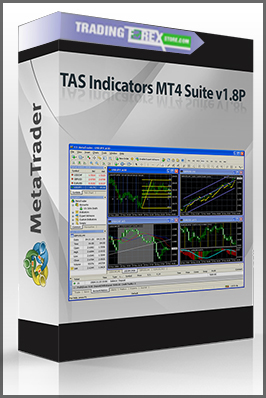Richard Wyckoff Tape Reading & Active Trading Course
$127.00
- Description
Description
Richard Wyckoff Tape Reading & Active Trading Course
Get Richard Wyckoff Tape Reading & Active Trading Course on bestoftrader.com
Description:
Richard D. Wyckoff Tape Reading Course
“He (or she) must study the various swings and know where the market and the various stocks stand.
One must recognize the inherent weakness or strength in the prices and understand the basisor logic of movements.
He (or she) should recognize the turning points of the market.”
Richard D. Wyckoff
Table of Contents
Introduction
• The Law of Supply & Demand
• Stop Orders
• The Immediate Trend
• General Rules
• Tape Reading and the Longer Swings
Judging the
Immediate Trend
• The Use of the Wave Chart
• Buying and Selling Waves
• Judging Turning Points
• Tape Reading and the
• Intermediate Trend
• Selecting Market Leaders
Buying and Selling Waves
• Relationships of Waves
• The Wave Chart
• Detecting Critical Points
• Selection of Leaders
• How to Construct the Wave Chart
• Support and Pressure
• Price Trend
• Activity
• Volume
• Volume and Activity analysis
• Increases in Activity
• One-Point and Three-Point
• Figure Charts
• How to Coordinate the Wave Chart
• Selecting Market Leaders
• The Law of Supply and Demand
Trading Areas and
How to Profit by Them
• Ranges of 3 to 5 Points
• Volume on Rallies and Reactions
• Boundaries of Trading Ranges
• Establishing a Position
The Tape Reading Chart
• The Tape Reading Chart
• Three Vital Factors
• Study of J. I. Case
How to Determine Buying and Selling Points
• The Wave Chart and
the Market’s Technical Position
• The Tape Reading Chart with
the Wave Chart
• Buying and Selling
• Anticipation of a Change
Judging Strength or Weakness by
Half-Way Points
• Half-Way Points
• Floating Supply Reduced
• Disciplined Training
How to Keep the Percentage in
One’s Favor
• Stop Orders
• Risk at ½ to 1 Point
• Commissions and Overhead
• The Law of Supply and Demand
Trading on Initial Activity
• A Stock Becomes Active
• The Tape Reading Chart
• Vertical Line Charts
Judging the Market by
Tests and Responses
• The Composite Operator
• Testing Groups
• Activity and Latent Buying Power
• The Law of Supply and Demand
The Best Stocks for
Active Trading
• Primary Requirements
• Secondary Requirements
• Leadership
• Volatile Issues
Stop Orders and
Other Vital Points
• The Use of Stop Orders
• Judging Efficiency
• Time Limits
• Qualifications
• Trading
Course Description
Your Tape Reading and Active Trading Course includes:
Tape Reading and Active Trading text
10 tape recorded lectures
The ten tape recorded lectures include:
• Philosophy
• Wyckoff Method
• Charts
• Intra-Day Charts
• Responsiveness
• Stop Orders
• Trading Positions – Markup
• Trading – Markdown
• Trading Positions – Trading Range
• Setting Up “Shop”
The complete Tape Reading and Active Trading Program is made up of one printed volume and 10 recorded lectures. The one volume text contains 13 study sections (sometimes called assignments or lessons) and 6 chart studies.
Each study section is a short programmed unit:
it contains the discussion material, a summary
of the important points in that section, and a short self-grading quiz.
This has been planned so that you can complete almost any unit in one evening — a few hours — of a truly enjoyable and exciting learning experience. Follow these directions for a truly effective learning of the technique for trading
the intra-day 3 to 5 point moves.
Course Directions
To master the principles which are the heart of the Active Trading program, we suggest you skim the entire text completely through the
first time without interruption — Preface,
Table of Contents, Important Points, Self-Quiz Tests, Chart Studies — to “get the feel of the material.”
Your next reading of the text should be
thorough and cover all of the material — from beginning to end. Underline definitions and key sentences as you proceed. Make notes of each item you want to remember, or ask about, in the ‘Notes’ column to the right on each of the pages which cover the major principles.
This reading should include a very careful study of the charts, text and related cross references. It should also include a review of the Important Points, the Self-Quiz tests, practice on each of the principles, with actual charting projects
and interpretation of the data compiled
for the stocks included in the text.
Self-Quiz
In addition to the Important Points
(or summary) for review of the important principles
at the end of each section, we have included a
Self-Quiz.
The Self-Quiz in each section is a short test you can complete in a matter of minutes. This is a check on your understanding of a given subject. After you select your answers you can score yourself by referring to the Answer Key in the back of the text.
Forex Trading – Foreign Exchange Course
Want to learn about Forex?
Foreign exchange, or forex, is the conversion of one country’s currency into another.
In a free economy, a country’s currency is valued according to the laws of supply and demand.
In other words, a currency’s value can be pegged to another country’s currency, such as the U.S. dollar, or even to a basket of currencies.
A country’s currency value may also be set by the country’s government.
However, most countries float their currencies freely against those of other countries, which keeps them in constant fluctuation.

